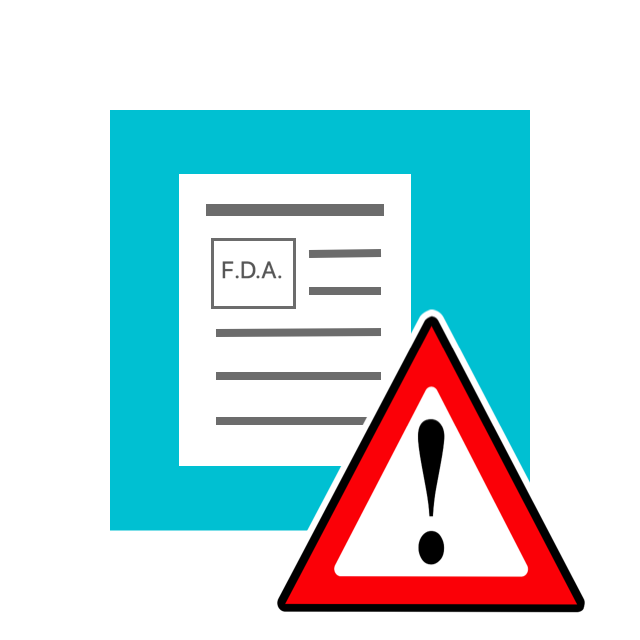
Chances are that you or someone you know has experienced unpleasant symptoms after a meal or snack. Maybe you experienced some degree of sneezing, wheezing, rashes, brain fog, joint pain, nausea, bloating, diarrhea, or another symptom. This may have led you to believe you have a food allergy — and maybe you do. But it’s also possible that you have a food intolerance, celiac disease, or a food sensitivity. This is important, because some of the reactions can range from just annoying to life-threatening.
READ ARTICLE HIDE ARTICLE
Food intolerance refers mostly to the inability to process or digest certain foods. The most common food reaction appears to be lactose intolerance. As we get older, our ability to digest dairy decreases. That’s because, with age, our intestines make less of the enzyme (lactase) that processes lactose, a type of sugar present in milk and dairy products. As a result, we have more lactose sitting in the digestive tract, which can cause stomach bloating, inflammation, and diarrhea. Research has found that only about 35% of people worldwide can digest lactose beyond the age of about seven or eight.
Lactose intolerance is not a serious disease, but it can be quite uncomfortable. Avoiding dairy products is a surefire way to avoid symptoms; some, like milk, tend to produce more severe symptoms than others, like yogurt and cheese. Over-the-counter lactase enzyme supplements can also help.
A more severe problem happens when someone develops a true allergic reaction, an overblown response by the body’s immune system against a seemingly harmless substance — in this case, a food. The classic example is the potentially life-threatening difficulty breathing and low blood pressure following exposure to peanuts or seafood. Food allergies can show up at any time in our lives, even during older adulthood.
If you think you may have a food allergy, consider allergy testing and treatment, especially if your symptoms are severe (significant rashes, feeling of passing out, facial swelling, and problems breathing). Scrupulously reading ingredient labels is wise. And carrying epinephrine shots in case of accidental ingestion or contact with the food in question is essential and can be lifesaving.
Celiac disease affects about 1% of the Western population. In this autoimmune condition, the ingestion of gluten initiates a complex inflammatory reaction that can make people with celiac disease very sick. Celiac disease is not a true allergy; eating gluten once does not cause an immediate life-threatening problem. However, prolonged and continuous ingestion can cause diarrhea, weight loss, and malnutrition.
Avoiding gluten is the only solution to this problem. Gluten is found in a variety of grains, including wheat, rye, barley, semolina, bulgur, and farina. Many processed foods also contain gluten. People with celiac disease must also be careful about cross-contamination, when a gluten-free food comes into contact with a gluten-containing food.
After eating certain foods, a large part of the population experiences symptoms that are not related to food intolerances, food allergies, or celiac disease. These are referred to as food sensitivities. Though there is controversy around what exactly happens in the body of someone with a food sensitivity, it appears that exposure to specific foods may create an immune reaction that generates a multitude of symptoms. The symptoms are not life-threatening, but they can be quite disruptive and include joint pain, stomach pain, fatigue, rashes, and brain fog. Gluten is probably the best-known trigger of food sensitivities.
The best tool we have to identify food sensitivities is a process of careful observation and experimentation. Removing certain foods believed to cause reactions from the diet for two to four weeks, reintroducing them one by one, and watching for symptoms is the current gold standard to pin down what may be causing symptoms. This so-called “elimination diet” is not high-tech, and it is far from perfect. A physician or nutritionist can provide guidance for undertaking an elimination diet, and can help you understand limitations and avoid possible pitfalls. Removing certain foods can help stave off undesirable symptoms and improve your quality of life.
Food reactions, especially sensitivities, can also fade away with time. Our bodies, immune systems, and the gut microbiome are continually changing, and what may not sit well today may be fine to have later on in life. At some point, you may consider reintroducing small amounts of a food that you have been sensitive to, to see what you may be able to tolerate.
Though food reactions are common, they can be challenging to understand. Identifying the cause can be difficult and time-consuming, but it is worth the time and effort. Once you’ve identified the problem, and the food or foods that trigger it, a nutritionist or a physician can help you develop the most comprehensive diet that is safe for you.
Learn More from Harvard Medical School





